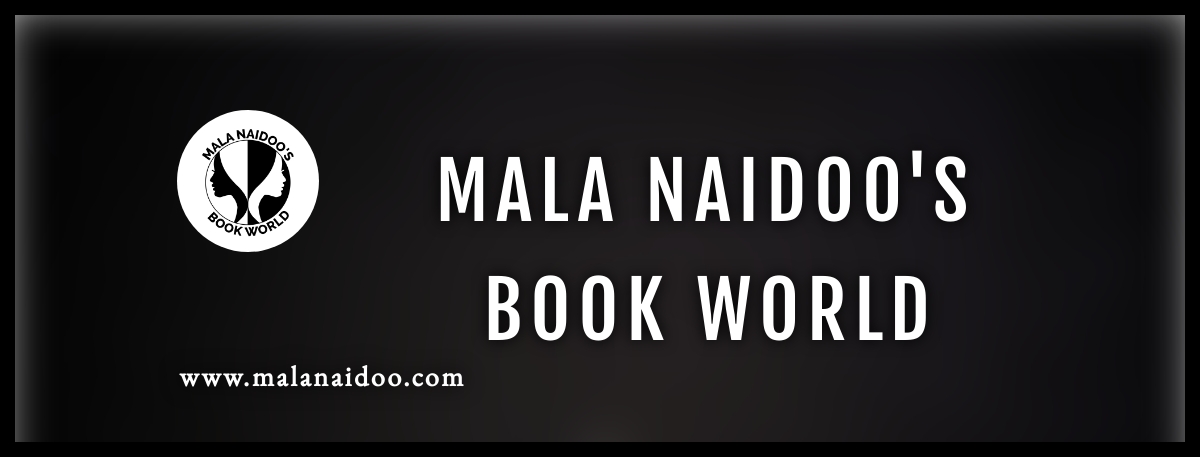The creative question asked is, where are we now? What have we done?
As we slow pedal to year-end, as opposed to manically motoring towards the shenanigans of the period, it’s time to reflect.
Lessons from lockdowns include pondering the way we were.
When freedom is aborted by the rapid onslaught of an unseen enemy, the subsequent mandated exodus from office spaces, a retreating from global, is a new way.
Home is the place to work, play, and rest. If graced with wide open spaces and human company, the retreat might be bearable.


The creative advantage is possible when the shutters are down, streets are emptied, and parks and beaches are deserted.
The creative muse tunes into stillness—if the eye and mind turn more deeply inward, away from the repetitive media message that induced fear and guilt every morning at 11.
When emotions are raw, thoughts tumble out in reaction to the siege on the way we were. Social interactions are prohibited and replaced by a hermit lifestyle, or heaven forbid, succumbing to the doom of extinction.
Global and national disasters, past and present—world wars, financial crises, bushfires, floods, earthquakes, tsunamis, hurricanes, and pandemics, shake up the world to stir the creative soul.
The documenting of histories during global upheavals through fiction and poetry, painting, or musical compositions captures the heartfelt angst of the moment. Creative works emerge from such a time to reverberate into the future. This has the potential to educate and strengthen the action of future generations.
We can never rewrite history’s truth.
Fiction and poetry fearlessly tell the naked truth. Stories created now, in any medium, hold the key to spreading awareness overtime on the traits, pitfalls, and reactions to disasters.
truth and despair – the creative gateway
Capturing today through visual images is vital. A history through words, however, is the ageless wisdom of the soul of our current human condition—life as we feel it, and breathe it in the now.
As we roll up the year, not a long way off socially and politically to where we were back on day one of 2021, let us reflect.
Reflect on the stories we should tell of this time. A time when the world faced a common threat, an enemy that morphs and attacks just when we hope we might return to the way we were.
Time moves forward, and the past is only a backward, behind-the-shoulder lingering glance at how we were.
Change is grain for an undulating creative harvest…
The way to make sense of the world is to read a good book or write one on the story of the world as you live it. There will never be enough stories told of a torrid era.
As you shed the skin of 2021, brace yourself with hope. Arm yourself with a good book, and share love, truth, and joy.
Go forth today in cheer, the world’s voices shake and threaten doom, but you, my friend, keep the spring in your step, the light in your heart and a smile upon your lips
~life~
Stay safe this season.
Please share, like and comment in the box below.





























You must be logged in to post a comment.